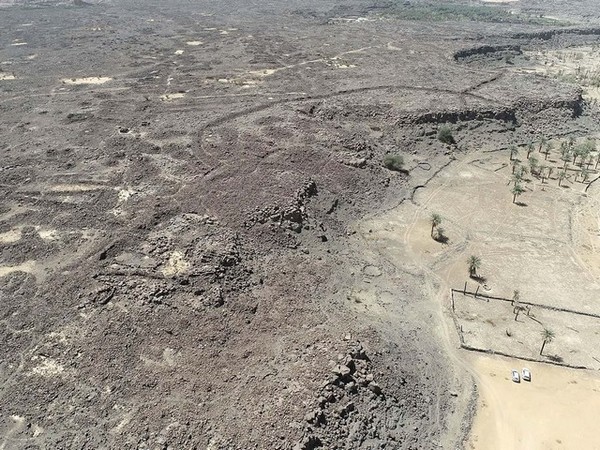Bronze Age Discovery: Al-Natah, A Glimpse into Ancient Urban Life in Saudi Arabia
Archaeologists have discovered a Bronze Age town, Al-Natah, in Saudi Arabia's Khaybar Oasis, revealing insights into ancient urban life and challenging previous notions of pastoral dominance. The site, dating from 2400-1300 BC, highlights the region's historical significance and the Kingdom's commitment to heritage conservation.

- Country:
- Saudi Arabia
Archaeologists in Saudi Arabia have unveiled a groundbreaking discovery of a Bronze Age town in the Khaybar Oasis, situated in the country's northwestern region. The Royal Commission for AlUla revealed this finding in a press conference, emphasizing the cultural and historical significance it holds for the Kingdom. The discovery, published in the scientific journal PLOS ONE, is testament to Saudi Arabia's dedication to preserving its rich heritage.
This archaeological breakthrough underscores the nation's pledge to cultural conservation and its open exchange of knowledge with the global community, aligning with the objectives of Vision 2030. Through the Khaybar Longue Duree Archaeological Project, led by French and Saudi researchers, evidence has emerged of the transition from nomadic to settled urban life in the third millennium BC.
The town, referred to as Al-Natah, dates back to between 2400 and 1300 BC and showcases a sophisticated urban plan, with distinct residential and funerary zones. Previously hidden beneath basalt rock, the remains suggest Khaybar was a pivotal urban center featuring agriculture and trade long before previously thought. This finding challenges prior beliefs about socio-economic models prevalent in the region during the Bronze Age.
(With inputs from agencies.)










